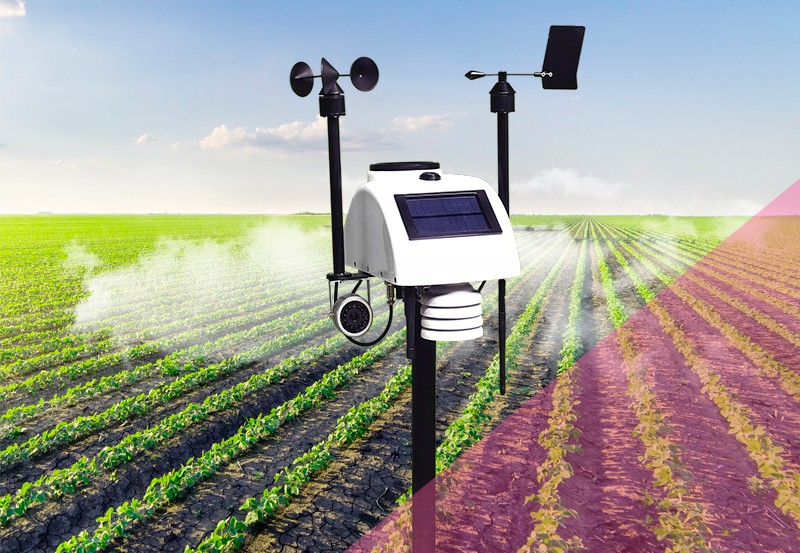
Today, every modern agricultural enterprise uses high-tech tools to reduce costs, optimize labor, and achieve high results. There are numerous equipment monitoring choices on the market. Still, sometimes equipment that allows you to analyze external factors and act more productively, relying on weather forecasts, is out of agricultural managers' focus.
This article will glance at the difficulties agricultural companies face in assessing weather conditions and how to overcome them with the Sokol-M weather station produced by Escort Group. In particular, we will focus in detail on the possibilities of using equipment to provide harvest insurance.
The Sokol-M meteorological station is an Escort Group's own development designed to improve working processes that depend on weather conditions.
The professional certified station allows for accurate recording of weather events, rapid correction, and thoughtful planning of work based on the data received.
For efficient agricultural operations, it is necessary to have reliable information about the situation in a particular area with an accuracy of up to hectares. Even the smallest differences in weather conditions assessment can be critical in the planning and executing fieldwork: temperature and humidity, wind speed and direction, precipitation, atmospheric pressure, soil, leaf humidity, solar ultraviolet radiation level, etc. Without this information, the process of crop production cannot be made economical and profitable. However, RosHydroMet's (Russian state weather authority) standard posts are mostly located tens or even hundreds of kilometers away from agro-industrial facilities. For this reason, it is difficult for agrarians to count on the accuracy of conventional weather forecasts, as they initially have errors.
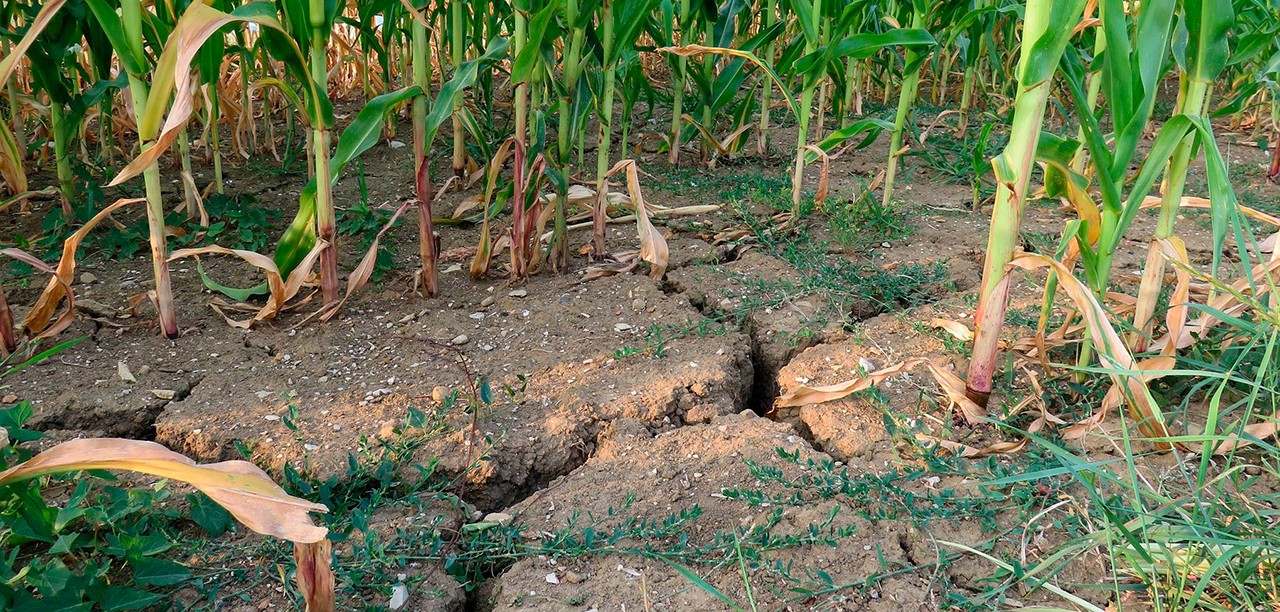
Qualified agronomists must assess the factors that have influenced previous work, calculate the average meteorological performance, and plan future activity. As already mentioned, hydrometeorological data always have their own error and tend to differ from the field's actual weather conditions. By relying on them, it will not be possible to analyze a particular farm's history qualitatively. This requires archiving as accurate data as possible and tools for uploading/analyzing information in concern periods.
Every agricultural specialist knows the circumstances under which various diseases and their agents develop. Due to the lack of precise weather indications and analytical tools, agronomists cannot always predict the negative consequences and take timely action. Therefore, the apparent need for agricultural companies is for the weather station to provide specialists with data that can be used to stop the risk of crop failure.
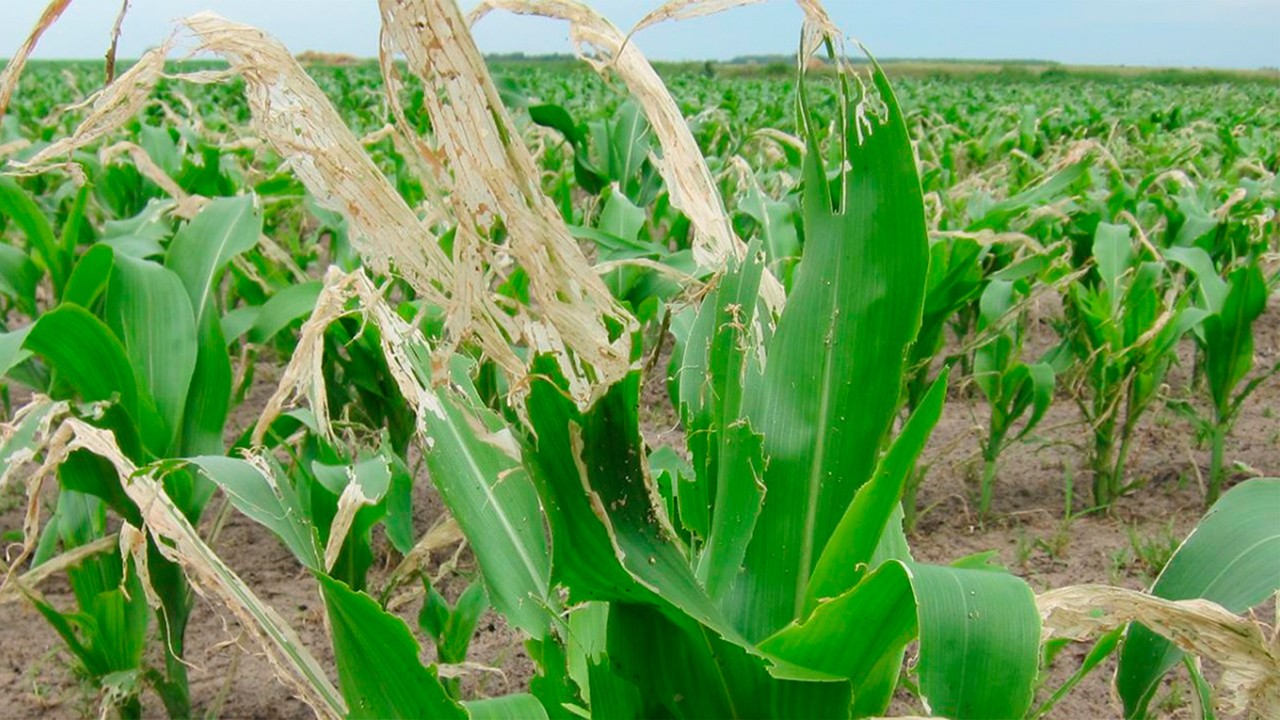
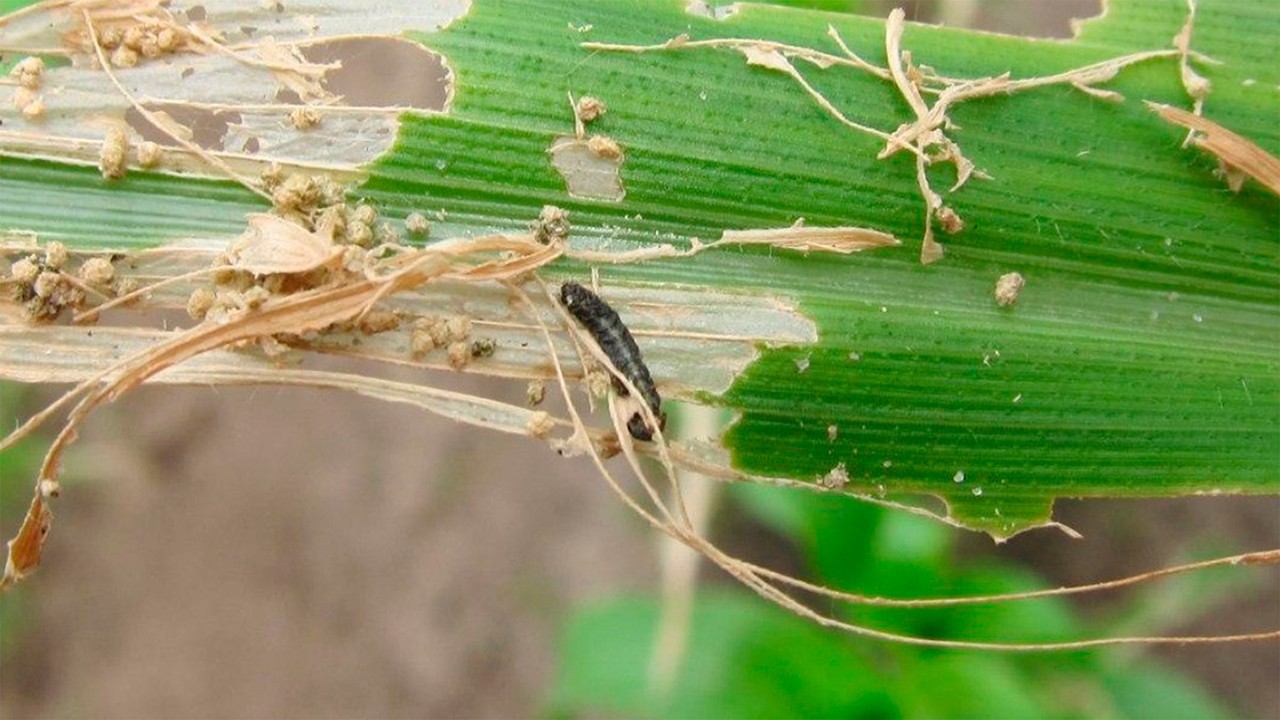
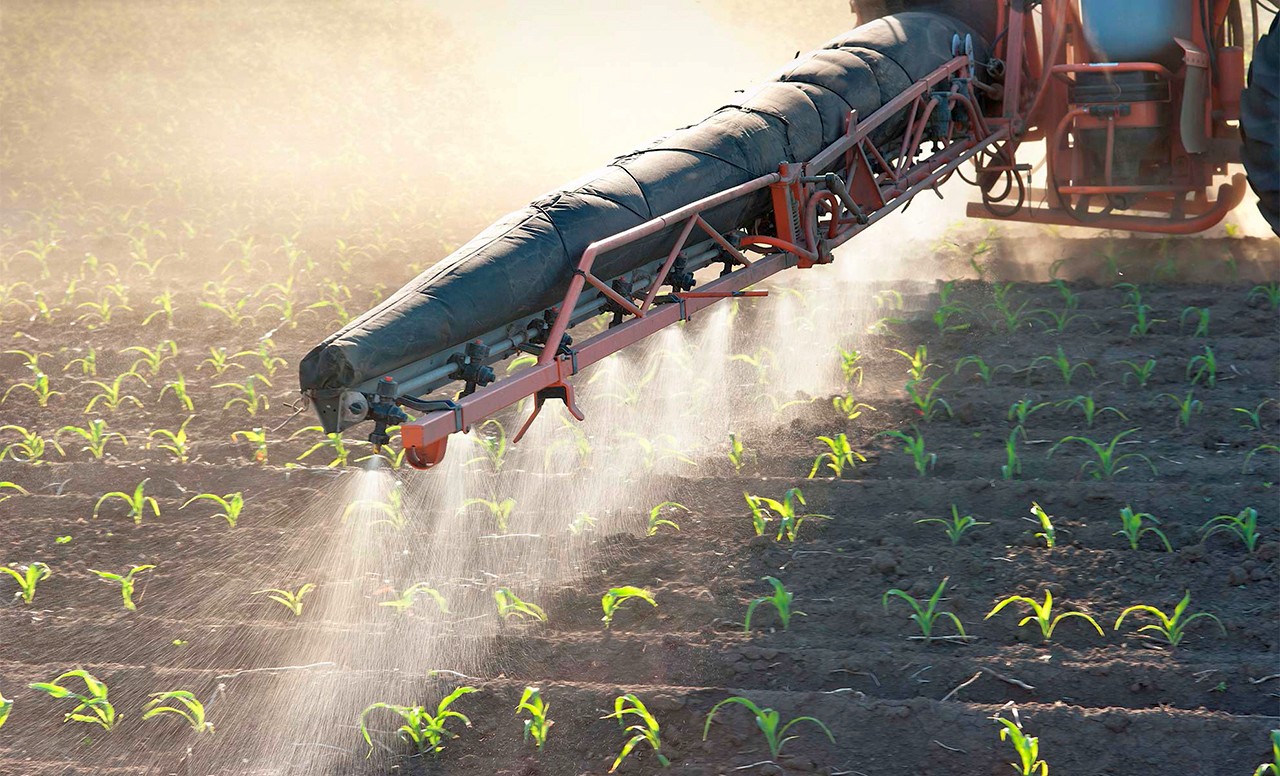
When spraying crops, wind speeds should not exceed 5 meters per second. Exceeding the threshold value by only 1 unit leads to the disruption of the entire technological process (the spraying extent can reach 10%), to the loss of funds spent on chemicals, and, in the long run, to low yields. In this case, the lack of correct data on local weather conditions is again revealed. Managing sustainably requires accurate and timely information about current wind speeds to monitor spraying during gust increases.
Agribusiness managers do not always know how to protect their farms from adverse situations. And if they are also aware of additional insurance possibilities, they often have doubts about it. We would like to remind you that according to Federal Law No. 260 "On State Support in the Sphere of Agricultural Insurance," agrarians can count on subsidies in the form of payment of 50% of insurance premiums. This allows them to:
To benefit from subsidies, an agricultural company must have been on the market for at least 5 years and be on the Ministry of Agriculture list. The tariff of insurance depends on the group of crops, on the Russian Federation's territory, on the amount of the unconditional franchise (due part of the harvest), on the insurance premium.
Insurance events that may result in claims for damages include natural and weather-related events, penetration and/or spread of pests, interruption of electricity, heat, and water supply due to natural hazards. As can be seen, in their majority, these events are related to natural phenomena, and approximately 70% of insured events are proved based on data from meteorological observations
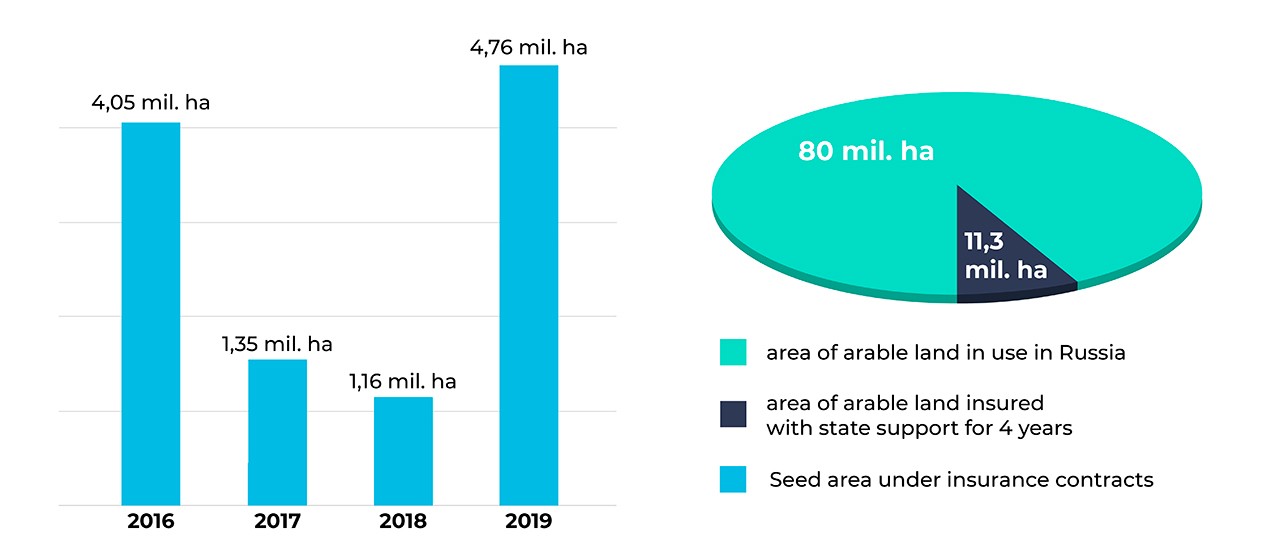
However, if we consider the official statistics, 11.3 million hectares of sown areas were insured in Russia between 2016 and 2019 under agricultural insurance contracts with state support. While the scope of arable land used in the country is close to 80 million hectares. It turns out that at the moment, no more than 15% of agricultural holdings are insured under the state program. The authorities plan to increase the number of subsidized agricultural companies to 20-30%
by 2024.

What stops agrarians from taking advantage of these opportunities?
Strict rules for receiving insurance premiums are becoming a barrier for many. For example, it will not be easy to prove an insured event's occurrence based on meteorological data if Roshydromet posts are located tens or even hundreds of kilometers from the agricultural facility. Besides, data from the Federal Hydrometeorological Service is not always relevant.
Therefore, to count on insurance payments, agribusinesses must have their own meteorological stations, the readings of which will be taken into account by insurance companies and the state.
The Sokol-M meteorological station, installed at agricultural facilities, automatically monitors all key environmental parameters: temperature and relative humidity, wind speed and direction, atmospheric pressure, solar radiation level, etc. The station can also be fitted with additional sensors for soil temperature and moisture, leaf temperature and humidity, an ultrasonic anemometer, and a weather vane. One weather station with 32 remote sensors is capable of monitoring an area of up to 2,500 hectares.
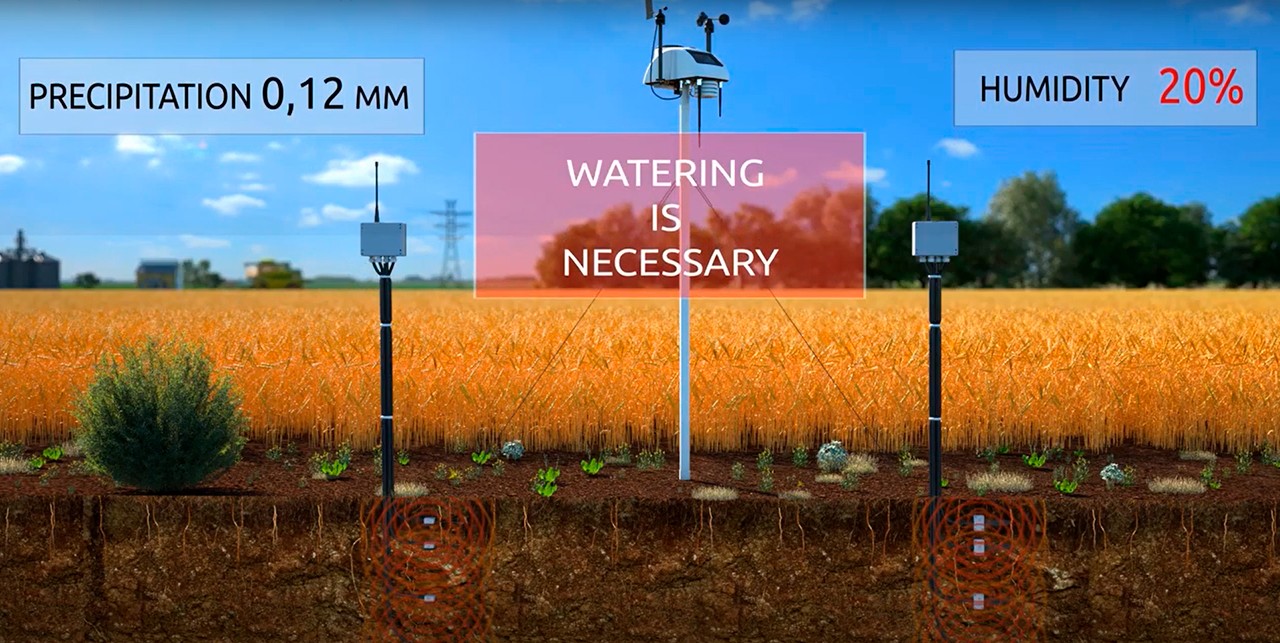
Sokol-M users can access an archive of weather conditions for each previous day/month/season. Turning to the history of meteorological observations, agronomists can analyze the harvest's state and development, derive averages, and plan future agricultural operations competently.
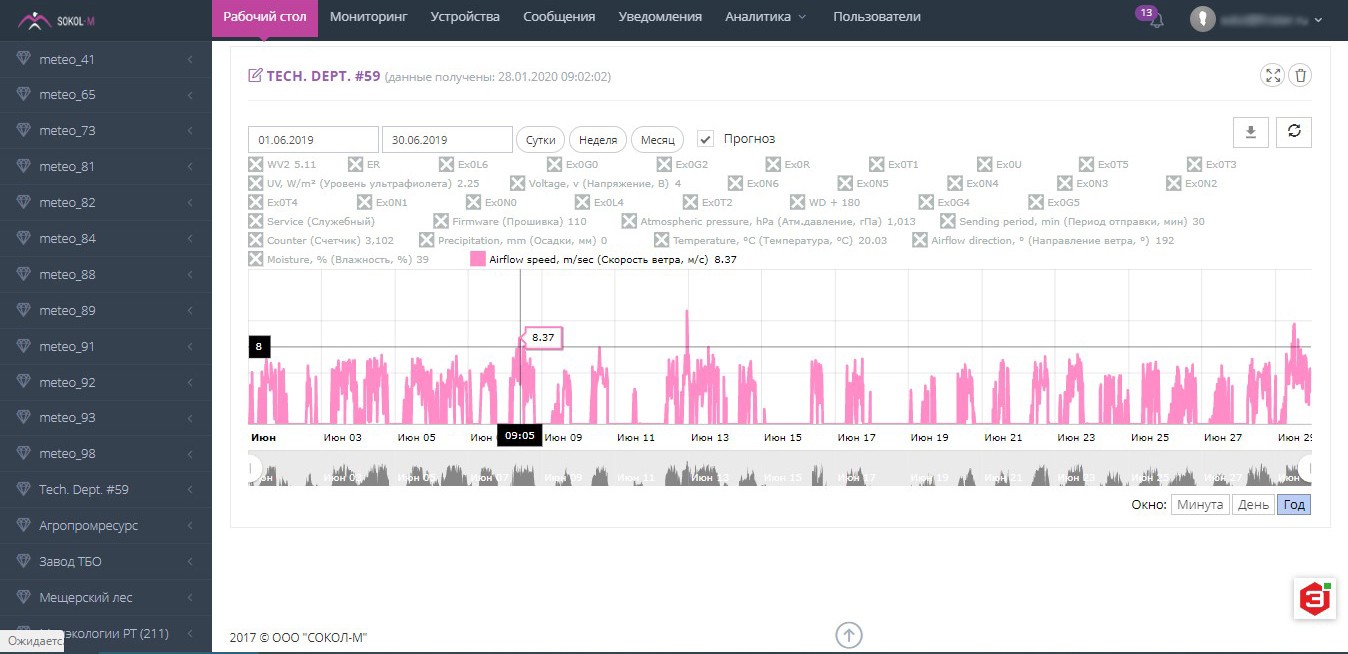
Sokol-M helps to forecast and record the occurrence of dangerous weather events and conditions promptly so that measures can be taken to prevent the risk of crop loss. Thanks to the www.sokolmeteo.com monitoring server's capabilities, users can set up notifications of situations that are critical for a particular farm
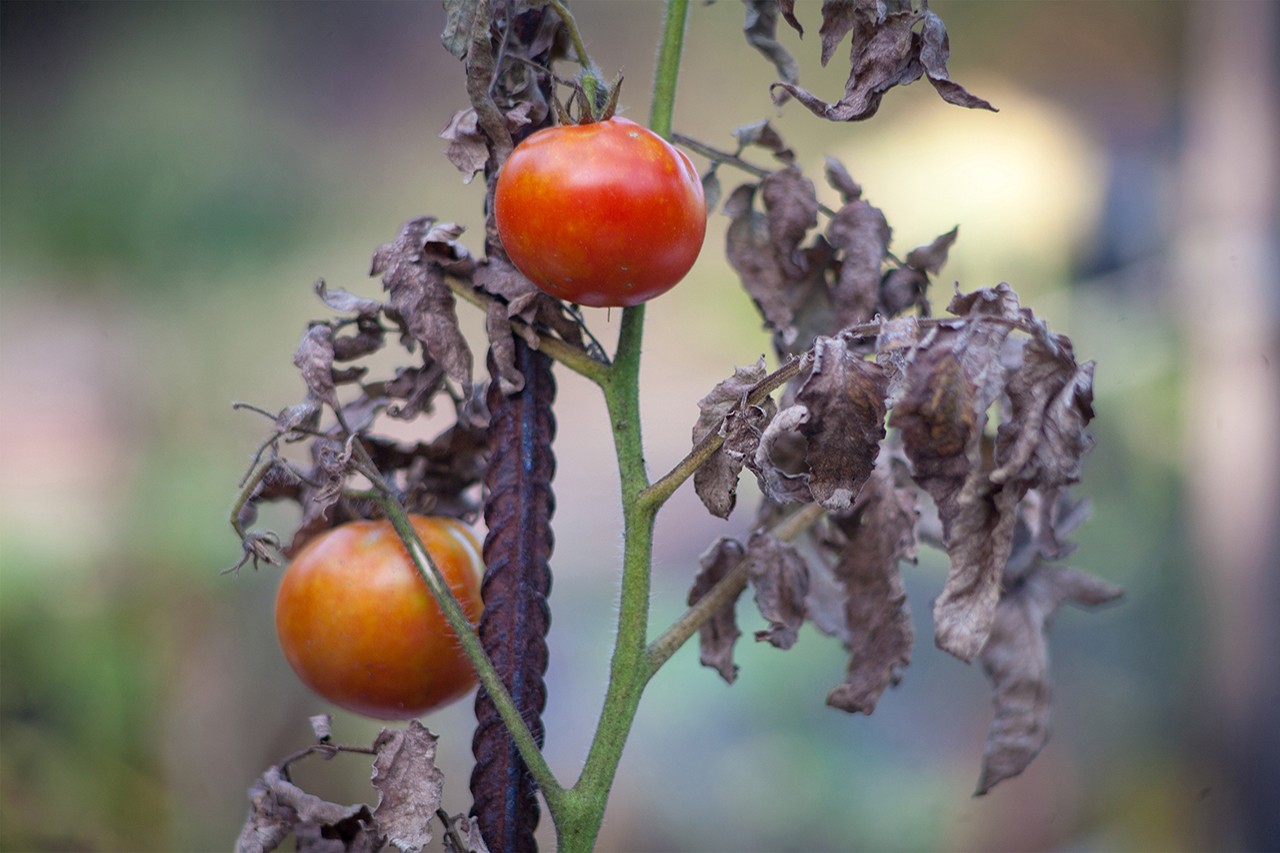
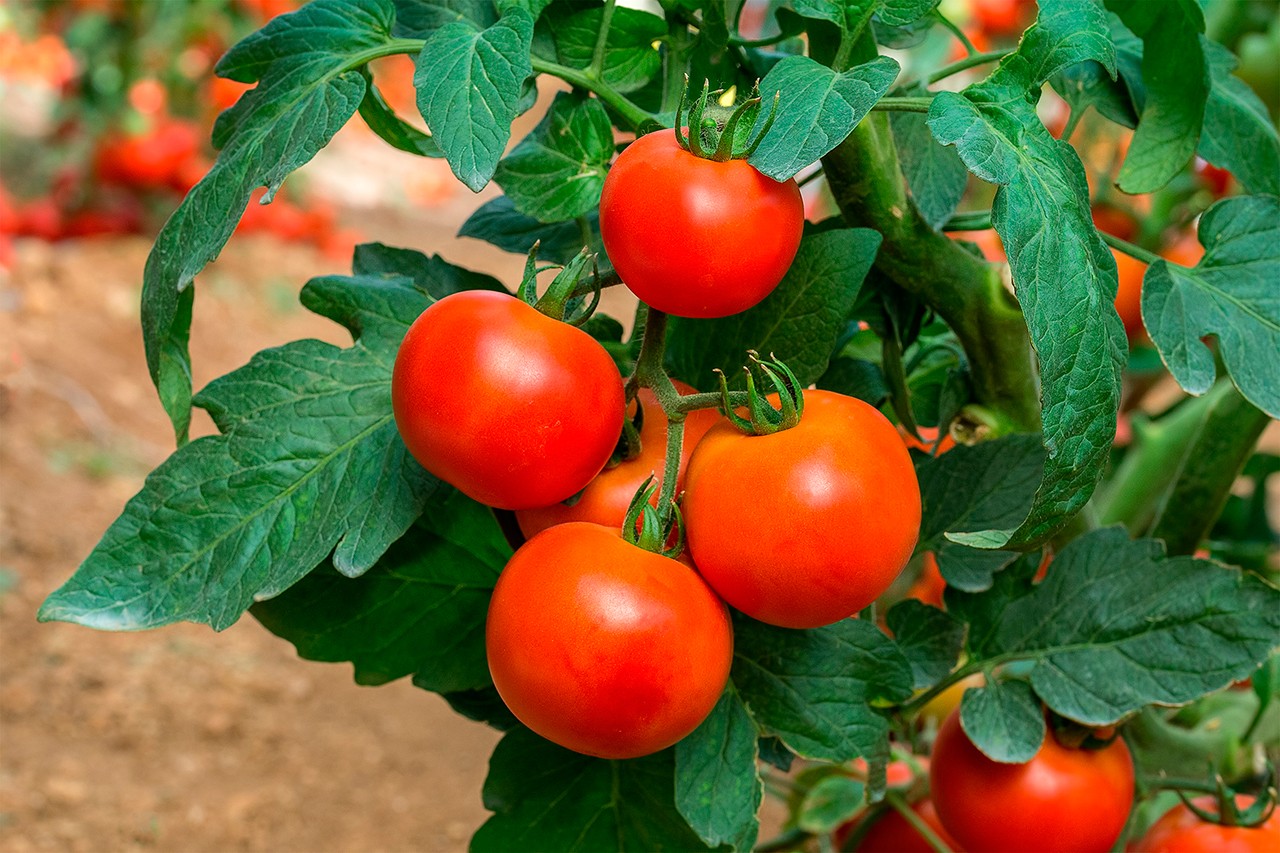
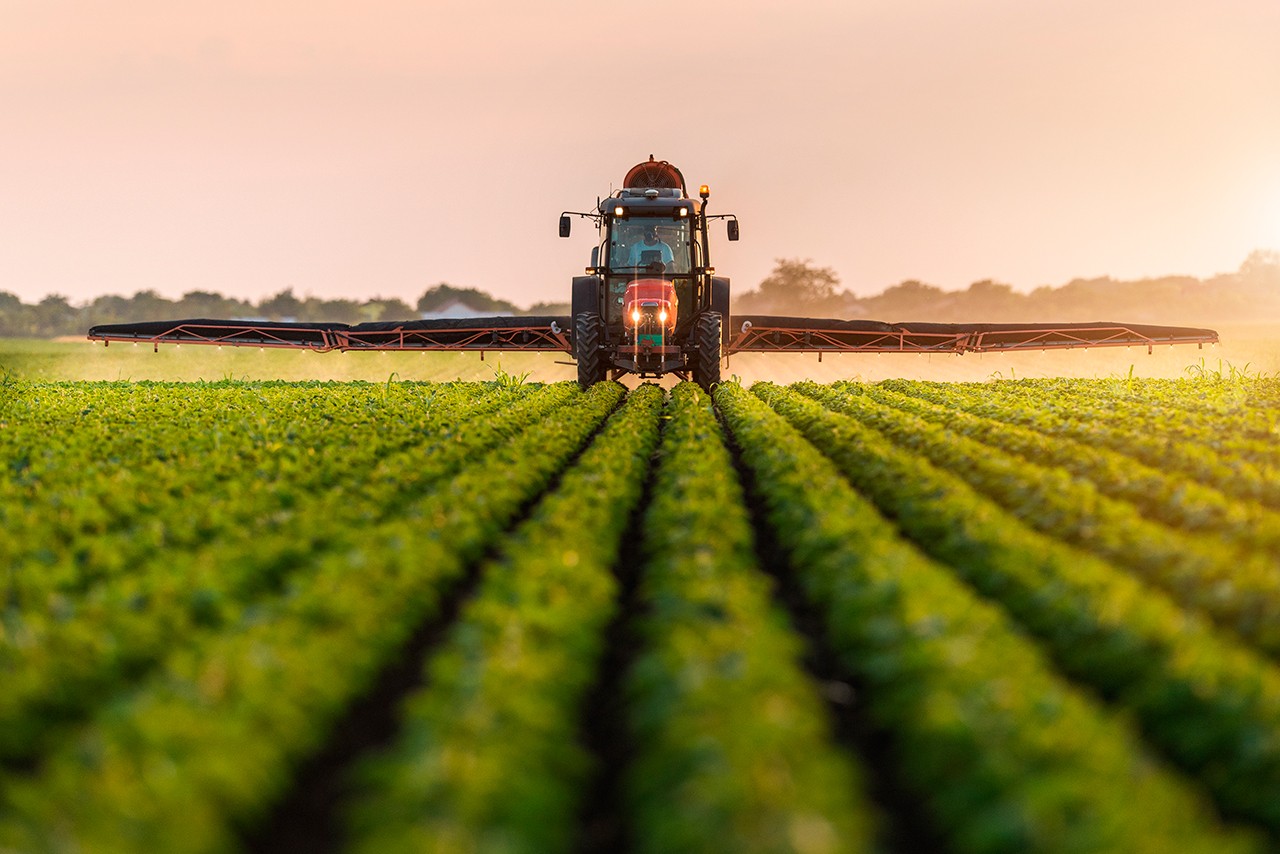
The meteorological station accurately records the airspeed and direction, transmitting this data to users immediately. If the wind speed is exceeded, the equipment's operation can always be stopped to not waste effort and costs. For example, in one of the agricultural farms where Sokol-M is installed in the fields, this approach prevented losses from 3,360,000 RUR (48 000 USD) in just two months. And the cost of the weather station has already paid for itself in one day.
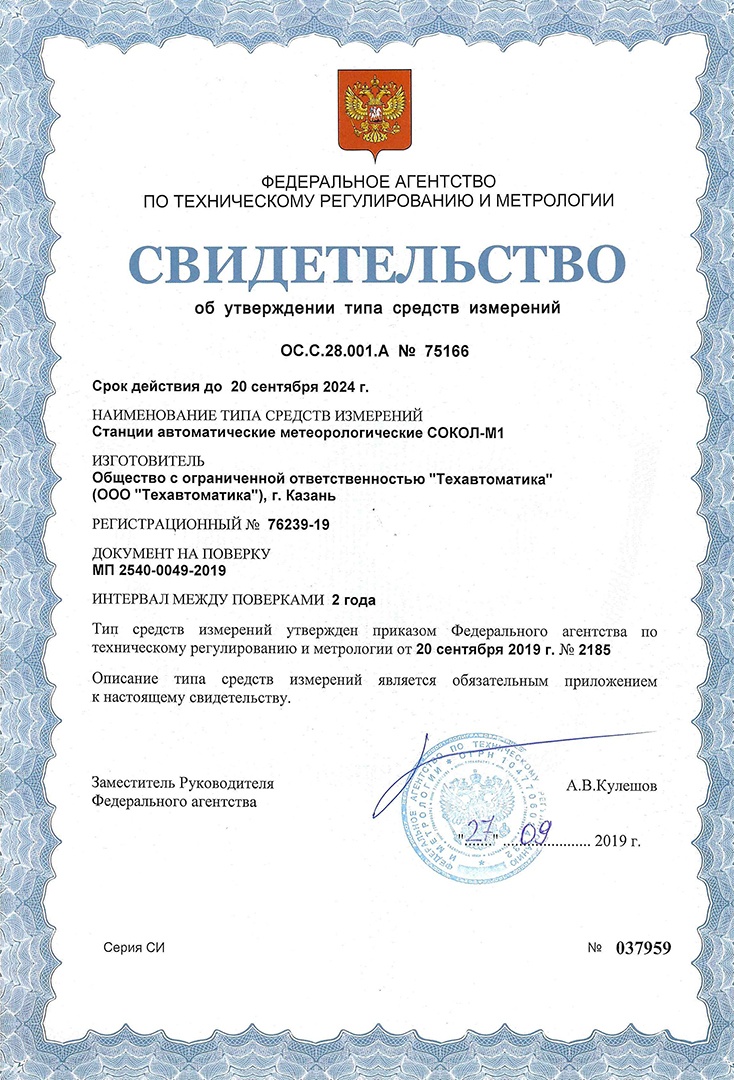
The professional weather station Sokol-M is an approved measuring instrument (OS.S.28.001.A No 75166). Agricultural companies interested in receiving insurance subsidies must not rely on indirect data from different weather stations but on much more accurate and relevant readings. Enterprises that have installed Sokol M in their fields are better positioned to provide evidence of insured events and recover losses.
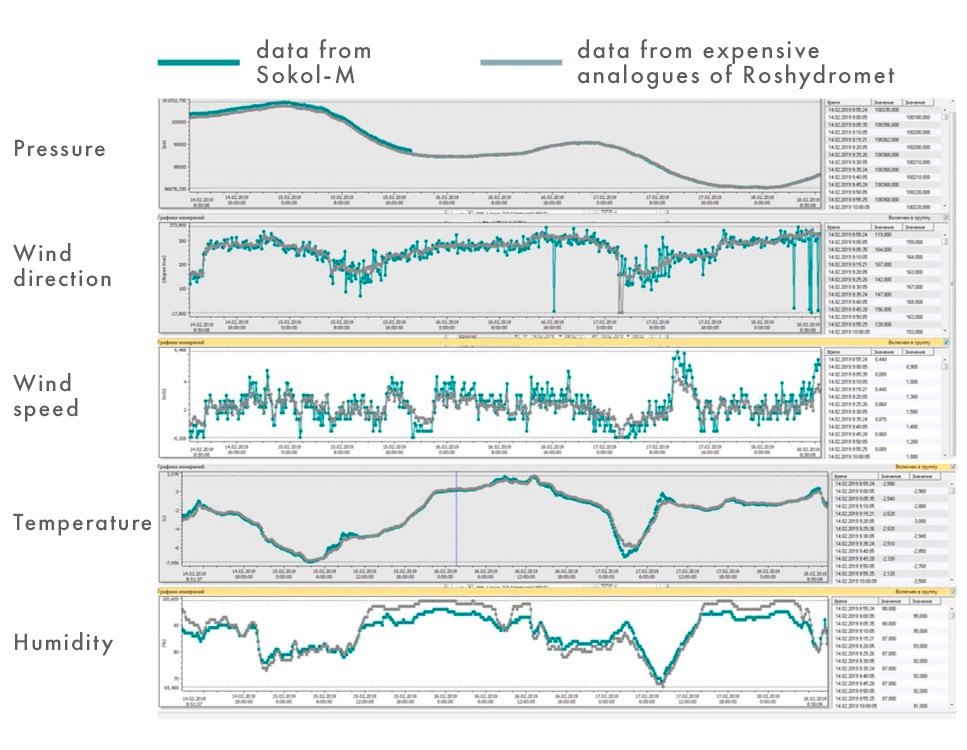
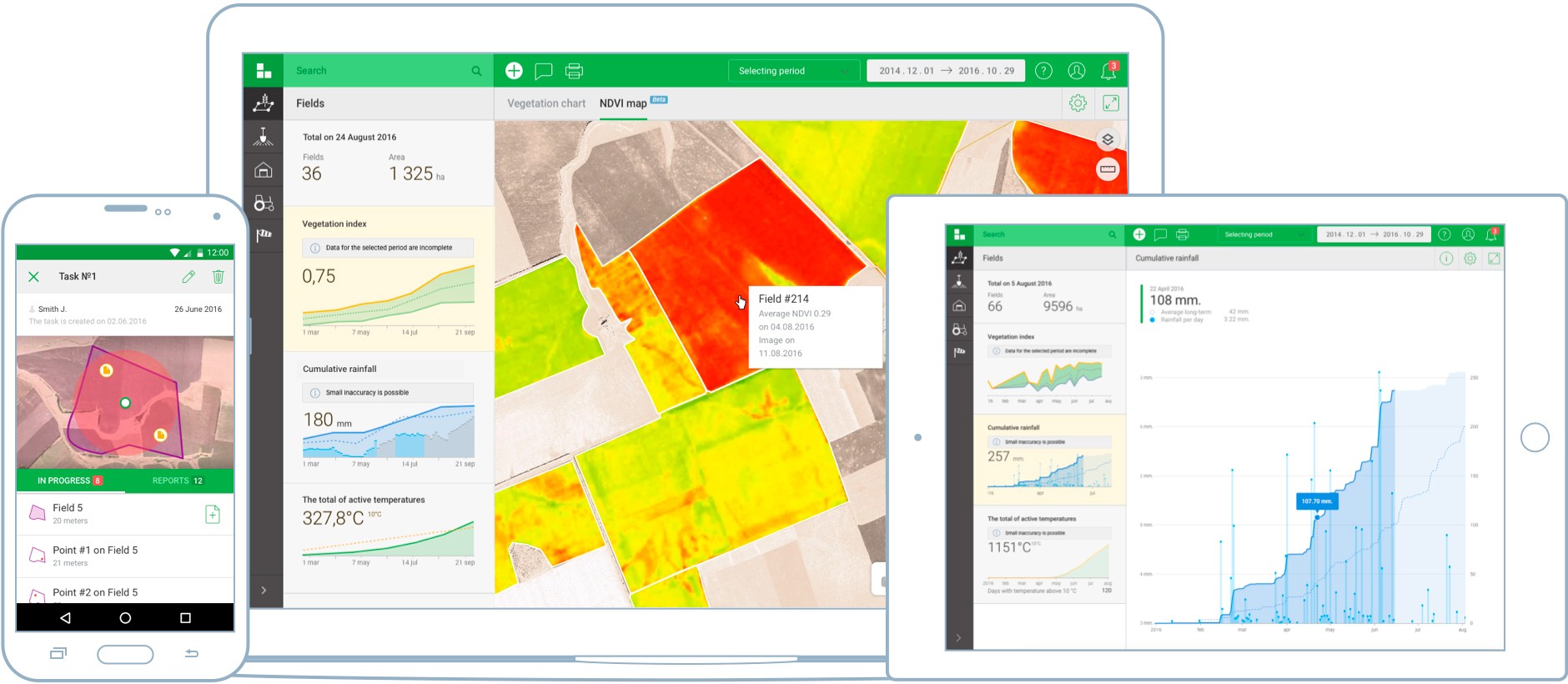
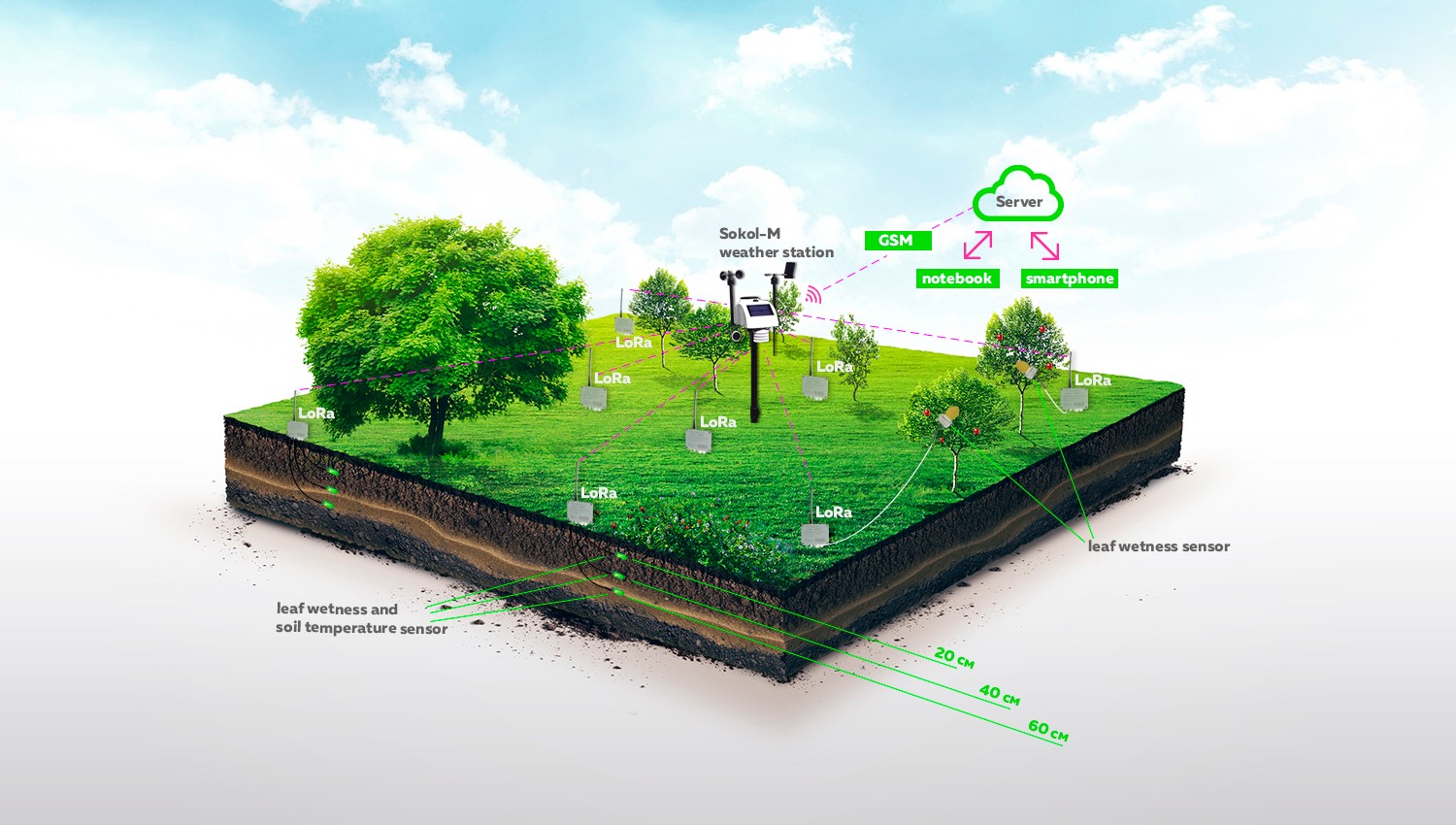
We have tried to tell as much as possible about the benefits of the Falcon M application. Still, we understand that each individual agricultural company has its own specifics, experience, problems, needs, and expectations. The consultants of the Escort Group of Companies are ready to discuss with you all the details of working with meteorological indications in agriculture, to offer the best options for you to implement modern technologies and to discuss the terms of cooperation. We will be happy to help all those who seek to improve the profitability of their agricultural business.